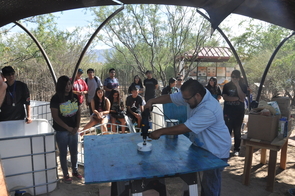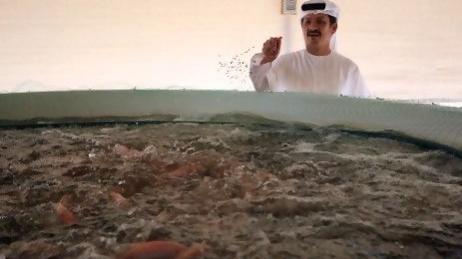Uses for Aquaponics Systems

How would astronauts get nutrient-complete protein on mars? One method might be aquaponics, where the fish provide protein and fertilizer. There are lots of challenges to think about, like water recycling and gravity differences. How would using fish instead of just plants or packaged meals change life for astronauts?

Native American Nations can use aquaponics to grow plants used for Indigenous textiles dyes. This can support traditional arts and crafts along with producing food. Indigenous plants grown with aquaponics could include "slow-bolt" cilantro, Yoeme basil, Hopi red dye, Jericho lettuce, and arugula. Given that some Indigenous lands are desert lands, it's important to minimize evaporation and reduce water consumption, which aquaponics facilitates.

In a place without running water or electricity, aquaponics systems might seem difficult, but in Togo, Africa, the allure of 8 tons of food per year is quite strong. Solar power can often be used to run the pumps, but people need to be trained. Thinking about what and how much people need is important.

A number of inner city schools, like those in Chicago, have started to use aquaponics. You can teach math, science, and engineering through the production of aquaponics, while simultaneously saving money of school lunches and improving food quality.

What do you do when you or your family live in a desert or another place with limited water? Aquaponics can be an excellent way to produce food with less water. Because the water stays in the system, instead of evaporating away like in a field, this has been important for people in Hawaii, California, New Mexico, and elsewhere.

The aquaponics in this facility at Rosarito, Mexico, was built to serve the food requirements of a large orphanage. This facility used a hoop house greenhouse to naturally heat the water for the fishes to save on energy expenditure.

There are lots of deserts outside the West Coast that require protection against water evaporation from growing crops. This particular aquaponics system built in Abu Dhabi contains 400,000 liters of water. When fully functional, the facility should be able to produce 40 tons of produce and 12 tons of fish per year. They also plan to convert the facility to solar and wind power.